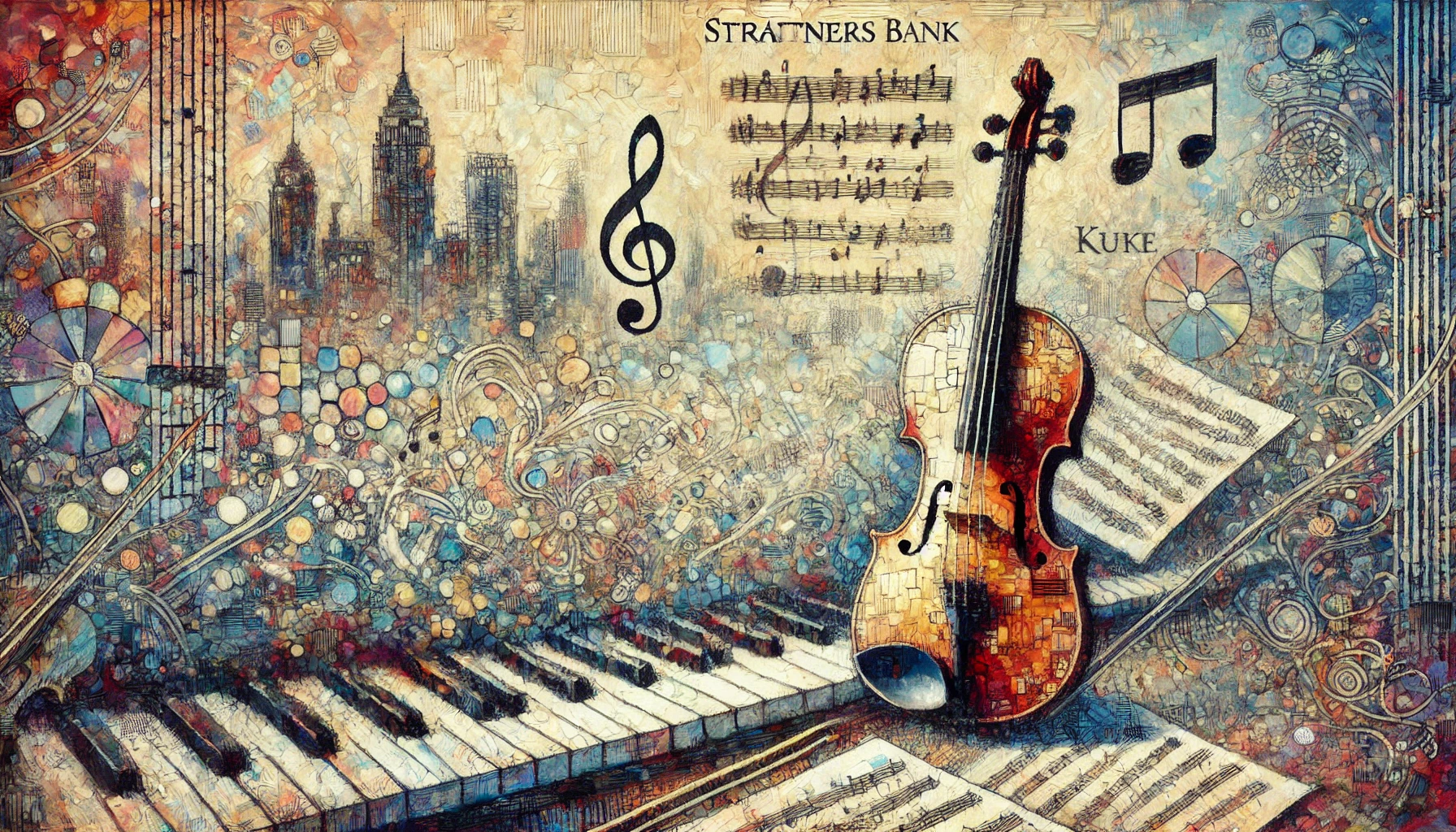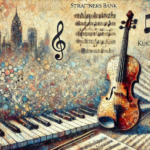Strattners discusses launch of innovative financial instruments, NEPP and SMEA n conference call with 43 participants. These instruments are designed to optimize capital structure and enhance shareholder value through sophisticated, market-responsive financing mechanisms.
Rethinking Capital Deployment
Strattners is redefining the utilization of equity lines with a focus on strategic capital deployment that aligns with long-term corporate objectives. “Our refined approach allows us to engage dynamically with market conditions, ensuring optimal capital distribution to support sustainable corporate initiatives,” said Timo Strattner, CEO of Strattners.
Rethinking Capital Deployment Amidst CEO Concerns
Recognizing the concerns of business leaders about traditional equity lines, Strattners has innovated beyond the norm to offer dynamic, market-responsive financing options. “Our advanced approach allows us to adapt to evolving market conditions, ensuring that capital allocation is both strategic and conducive to long-term corporate health
Introduction of NEPP and SMEA
As discussed in a previous release, with NEPP and SMEA transactions, Strattners introduces a paradigm shift in equity financing, integrating traditional models into a more strategic framework. NEPP ensures the alignment of capital infusion with market valuations, thereby optimizing the timing and pricing of equity releases. SMEA introduces a performance-linked capital allocation model that synchronizes investment with market trajectories, supporting balanced growth and financial stability.
Strategic Impact and Corporate Commitment
These financial instruments are part of Strattners’ ongoing commitment to supporting corporate clients in achieving their strategic financial objectives efficiently. “We are dedicated to fostering robust financial structures that enable our clients to thrive in a competitive marketplace,” added Ben Ignacio, Analyst at Strattners Bank.
About Strattners
Strattners® is an investment bank with a family office heritage and our core mission embodies the philosophy to stay relevant and uniquely positioned as a direct investor enabling us to seize opportunities, and drive sustained value for our clients. We see ourselves as a traditional merchant bank with the vision to deliver comprehensive financial solutions tailored to the evolving needs of our clients in today’s dynamic markets.





